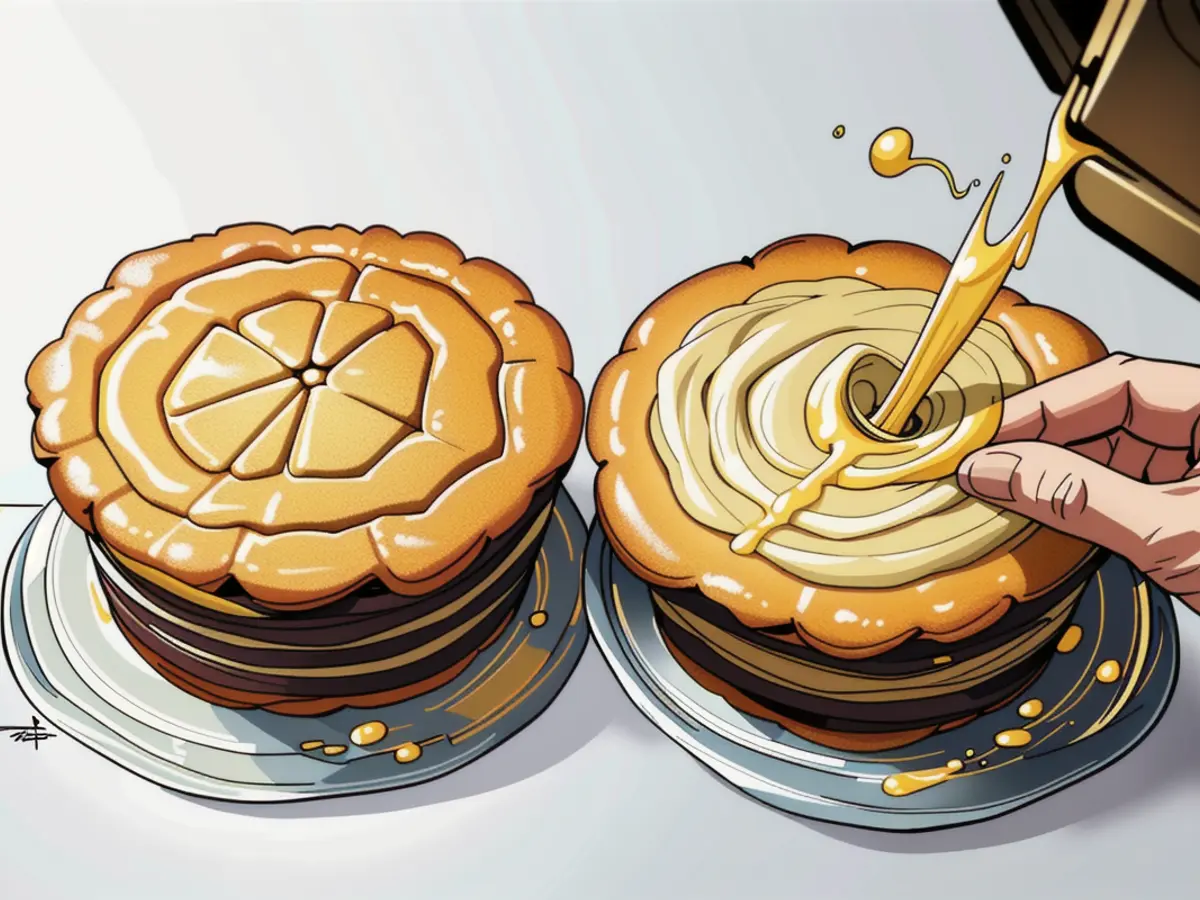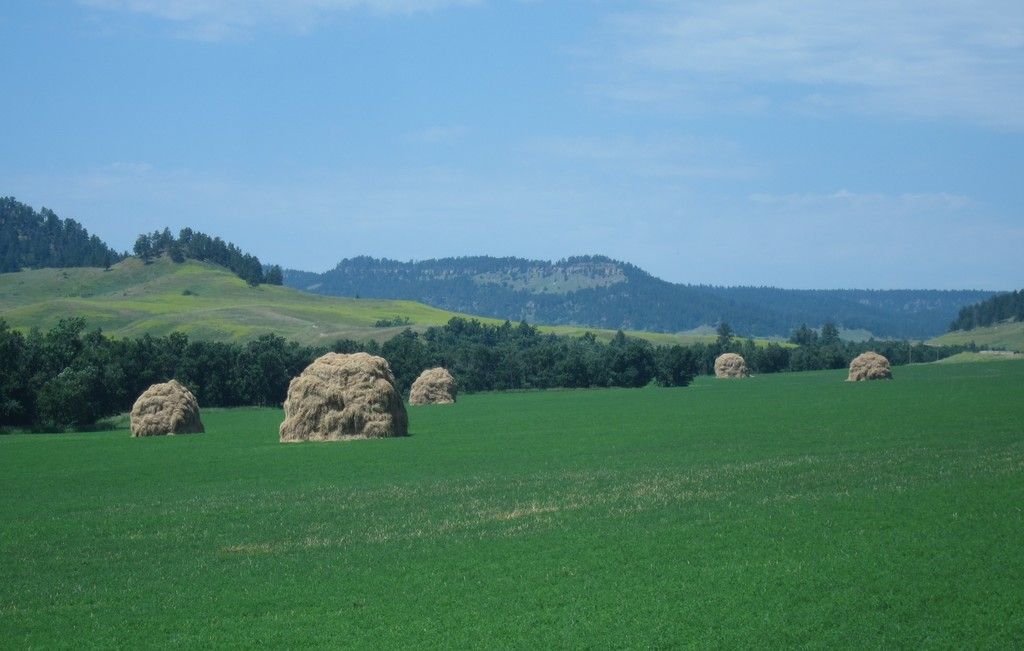Reasons for a Dry Cake and Solutions to Moisten It: A Baking Guide
Ready for some trouble-free, scrumptious cake-baking adventures? Let's dive right in! Who needs the hassle of churning out a dry, unappetizing cake when you can enjoy the fun, delightful process of transforming simple ingredients into a fabulous dessert?
Master these professional baking tips, and you'll avoid the dreaded dry cakes - no matter if you're dreaming up an elaborate layered cake, an old-school bundt, or a straightforward sheet cake. We tapped into the wisdom of a pro baker, Jason Schreiber, who shared his secrets on baking the perfect cake every time.
Don't just assume that a lack of moisture in a cake means it didn't have enough liquid. Jason Schreiber, food stylist, recipe developer, and cookbook author, knows better. What we perceive as moisture in cakes is less about the amount of liquid in the recipe and more about the ratio of sugar, fat, and flour.
Cakes generally fall into two major categories:
Sponge Cake

Imagine traditional European-style sponge cakes like genoise or Victoria sponge cakes. They're lower in fat and sugar, offering a lightly textured cake that's typically soaked in syrup post-baking. This balance creates a sturdy, delicate sponge with endless variations. They might be a bit fussy, as they rely on whipped eggs as the leavening and are less sweet than American-style cakes.
High Ratio Cake
On the other hand, we have professional bakers' favorite - "high ratio cakes." These cakes boast a higher sugar content than flour by weight, often accompanied by increased fat. The sugar's hygroscopic nature means it readily absorbs water, helping the cake retain moisture throughout baking. The added fat (which inhibits gluten development) results in a somewhat compact crumb, creating a texture we perceive as moist. Think of it like a strawberry shortcake: "short" in its name refers not to height but texture.
Why Your Cake Is Dry and How to Fix It
Now that you know more about different cake types, let's delve into what could be causing a less-than-moist dessert:

A Bad Recipe
The biggest culprit of a dry cake is using a less-than-stellar recipe. Always opt for a well-tested recipe from a reputable source, and be thorough in your measurements and adherence to instructions. A good recipe is half the battle, and a lot of bad cakes can be traced back to a poorly written or untested one.
Improper Fat or Sugar Content
Having too much fat and sugar in a cake can lead to an unstable, unbalanced recipe. The cake may not rise correctly, collapse post-baking, or turn out gummy. Ensure your recipe strikes the right balance; if you choose to experiment with ratios, stick to tested recipes for optimal results.
Too Much Flour

Adding excessive flour to cake batter results in a dry, tough cake. Flour absorbs moisture, so be mindful of the right ratio of flour to liquid for an optimal texture. Measure the flour accurately by spooning it into a measuring cup and leveling it with a flat knife, or follow metric measurements for a precise amount.
Overbaking
Overbaking is easy and can happen to anyone. If the oven temperature is incorrect or the recipe's timing isn't spot-on, the cake can burn or end up dry, leaving you with a disappointing dessert.
To prevent overbaking, you can:
- Check your oven temperature: Assume your oven's dial is inaccurate. Keep an oven thermometer in your oven at all times and check the temperature before putting the cake in.
- Set a timer: When baking cakes, it's easy to get distracted. Set a timer and check on the cake regularly.
- Try simple syrup: Soaking a dry cake with simple syrup can restore moisture and improve its texture. Brush the syrup onto a warm cake to ensure it soaks in evenly.
- Martha Stewart's cake recipes offer delightful dessert treats, ensuring trouble-free, scrumptious baking experiences.
- Jason Schreiber, a renowned food cooking expert, shares insightful baking tips to help you create the perfect cake every time.
- Understanding the difference between sponge cake and high ratio cake can improve your cake-baking results, as shared in dessert treats recipes.
- E8bd3a3d42cf09e0b6bd6ee65490cda3's opinion on recipes suggests the importance of using well-tested recipes from reputable sources like professional bakers to avoid a dry cake.
- Improper creditline management can lead to hygroscopic ingredients like sugar becoming less effective in cake recipes, affecting the overall moistness of the baked dessert.



